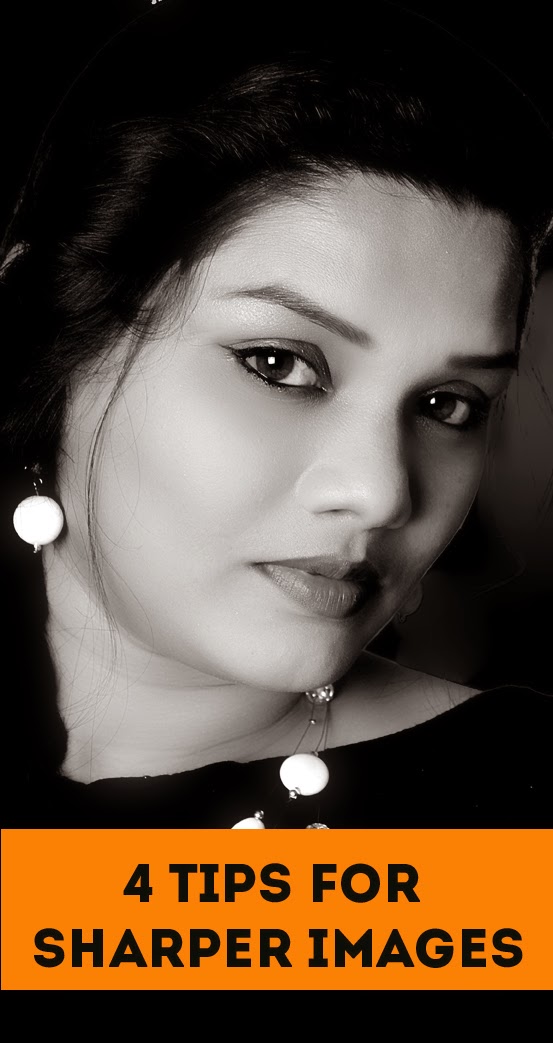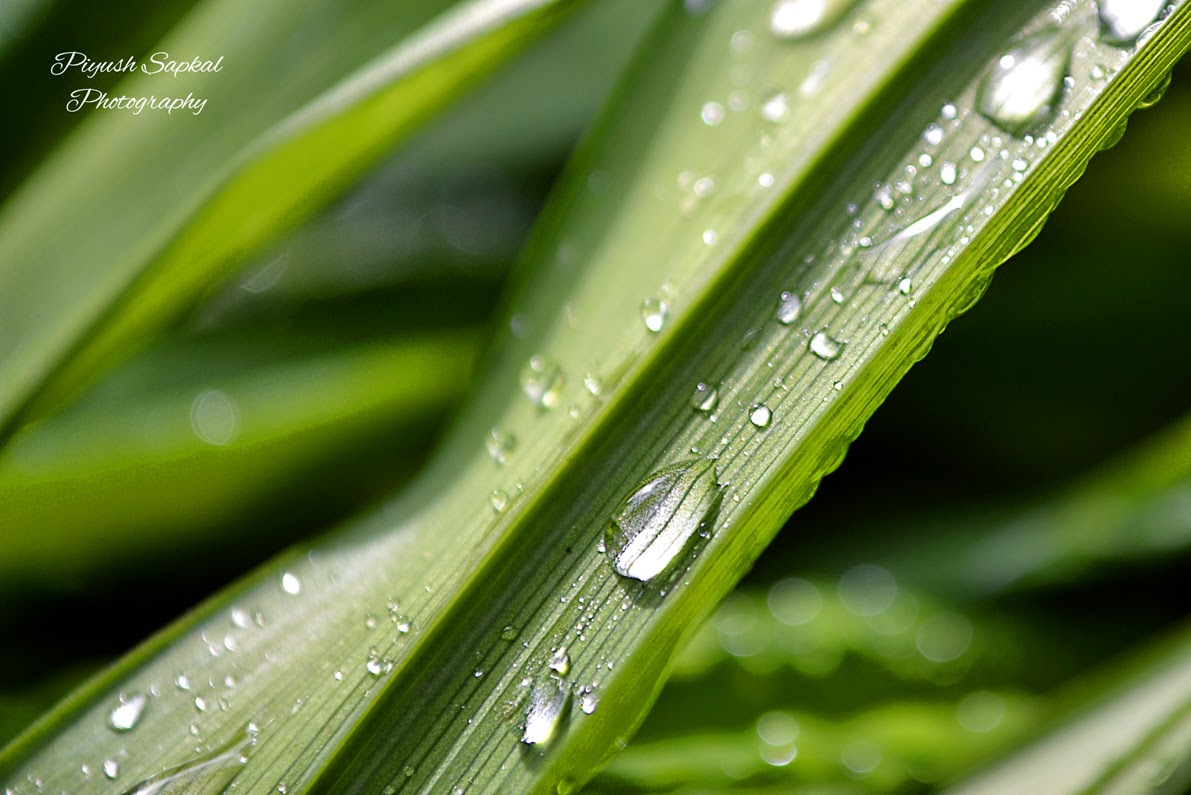 |
| Lavish Photography |
Have you ever finished a shoot thinking that your images are perfectly sharp on your LCD screen, only to find that, once they are on your monitor, they aren’t quite as sharp as you thought they were? Here are a few tips to help you achieve sharper images.
1. Your Lens
We often read that opening your lens as wide as it will go is a best practice because it lets the maximum amount of light into the camera, and creates a blurred background. However, this is not always the case, and you might want to try avoiding opening your lens as far as it will go. If your lens will open to f/1.4, try stopping it down to f/2.8. If you have your lens wide open, you run the risk of having only part of your subject in focus (for example, their eyes will be in sharp focus, but the rest of their face will be slightly blurry) or, if you are shooting more than one person, the person your camera focuses on will be sharp, while the other person (or the rest of the group) will not be sharp. Adjusting the aperture just a couple of stops will still let enough light into the camera and create a blurred background, but more of your subject will be sharp.2. Your Camera
If your camera moves too much while you are shooting, you will slightly blur your subject. This is often referred to as camera shake. If you are shooting without a tripod, make sure to gently press the shutter. Even if you have steady hands, if you press the shutter too vigorously, you can create a slight camera shake that will cause a blur that is not visible until the images are viewed or printed large. If you have unsteady hands like I do, you may want to try using a tripod. If I am excited, happy or nervous, my hands ALWAYS shake, no matter what! So, I use a tripod as much as I possibly can. Using a tripod may seem impractical at first, but the more you use it, the more comfortable it becomes. Personally, I prefer to take that extra step to make sure my subject isn’t blurry!3. Your Subject
Depending on your subject, you will need to adjust your shutter speed accordingly. If you have a fast-moving subject, you’ll need a fast shutter speed. However, if you are shooting portraits, or your subject has very little movement, you can get away with a slower shutter speed.Also related to shutter speed is the focal length of your lens. There is a (very) general rule of thumb that associates focal length with your minimum shutter speed to avoid camera shake. The equation: minimum shutter speed = 1/Focal Length (in millimeters). So, if you have an 80mm lens, your minimum shutter speed would be 1/80th of a second. Or, if you have a 50mm lens, the minimum would be 1/50th of a second. This is just a general rule of thumb, and the minimum shutter speed you can achieve also depends greatly on the steadiness of your hand. Like I said earlier, I have unsteady hands when I get excited (and I always get excited when I’m shooting!) so I usually take my focal length and multiply it by 4, and that is my minimum shutter speeds. So, if I am shooting with a 50mm lens, 50 X 4 = 200, so 1/200th is my minimum shutter speed to avoid camera shake.
4. Shooting in RAW
If you are shooting in RAW, once you import your images to Lightroom or Camera Raw, your image will appear less sharp than it did on your LCD screen. At this point, if you are using Lightroom, you will need to tweak the Sharpness and/or Clarity in your post-processing. Don’t overdo it, though! A little bit of sharpening goes a long way! |
| Lavish Photography |